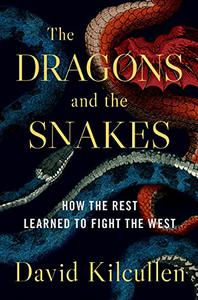
David Kilcullen, "The Dragons and the Snakes: How the Rest Learned to Fight the West"
English | 2020 | pages: 337 | ISBN: 019026568X, 0197619118 | PDF | 4,6 mb
A counterintuitive examination into how, and what, opponents of the West have learned during the last quarter-century of conflict.
Just two decades ago, observers spoke of the US as a "hyperpower"-a nation with more relative power than any empire in history. Yet as early as 1993, CIA director James Woolsey pointed out that although Western powers had "slain a large dragon" by defeating the Soviet Union, they now faced a "bewildering variety of poisonous snakes." In The Dragons and the Snakes, the eminent soldier-scholar David Kilcullen asks how, and what, opponents of the West have learned during the last quarter-century of conflict. Applying a combination of evolutionary theory and detailed field observation, he explains what happened to the "snakes"-non-state threats including terrorists and guerrillas-and the "dragons"-state-based competitors such as Russia and China. He explores how enemies learn under conditions of conflict, and examines how Western dominance over a very particular, narrowly-defined form of warfare since the Cold War has created a fitness landscape that forces adversaries to adapt in ways
that present serious new challenges to America and its allies. Within the world's contemporary conflict zones, state and non-state threats have increasingly come to resemble each other, with states adopting non-state techniques and non-state actors now able to access lethal weapon systems once only available to governments. A counterintuitive look at a vastly more complex conflict environment, this book both reshapes our understanding of the West's adversaries and shows how we can respond given the increasing limits on US power.
